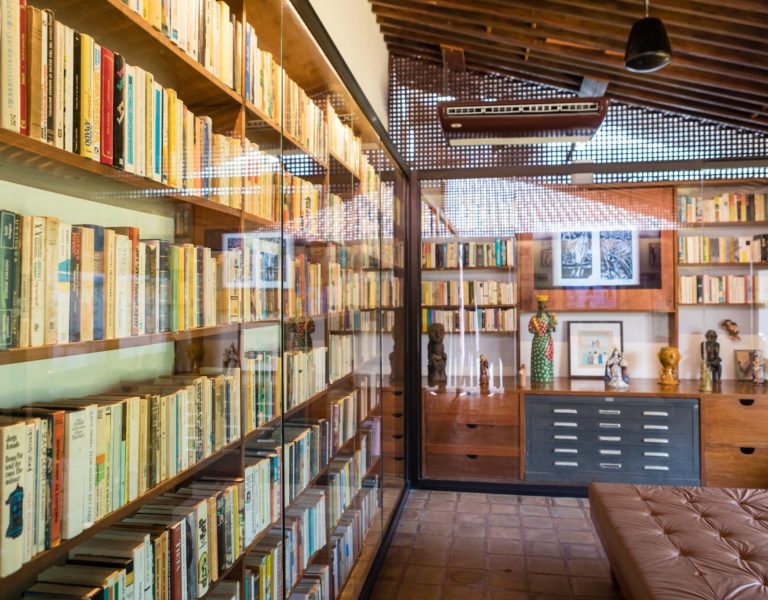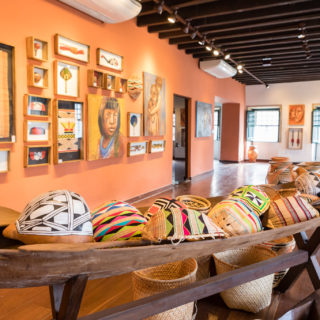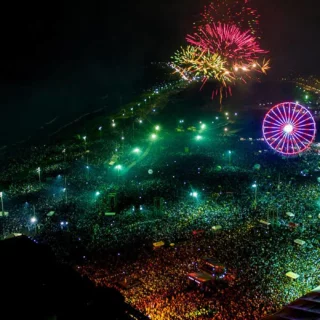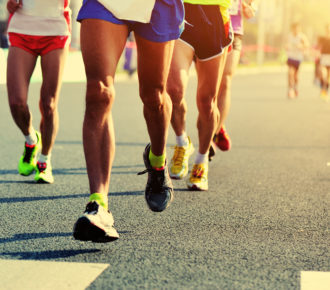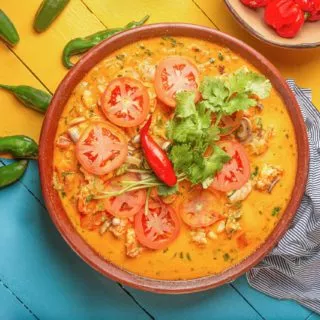
Stories that will leave the capital of Bahia forever in your imagination
A good number of people can mention a book so important that has changed their life. Good stories told in the right way make the reader move to another place and even imagine living the characters’ lives.
Our proposal on this website has always been to present incredible experiences in the Bahian capital, taking you to the street. Since we are in this moment of social isolation, how about turning a good book into your best program?
We have gathered here 13 books with stories about Salvador that will make you dream of coming here. As you read, we will also show you places where the city will receive you soon, when all this is over. Your next tour will be even richer with information and curiosities.
Jorge and his fantastic Bahia
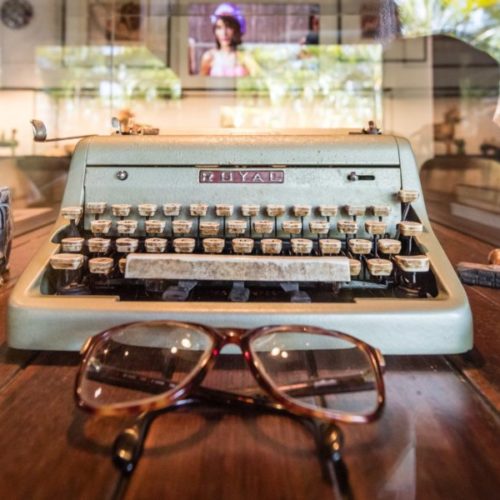
There is no mention of Salvador and Bahia without mentioning Jorge Amado, right? He, who was born in Itabuna, inland Bahia, and lived and died in Salvador, wrote like few others about Bahian customs. Jorge Amado popularized the city’s culture around the world in novels such as “Jubiabá”, “Dona Flor and her Two Husbands” and “Tent of Miracles”.
Our tip is to start your literary journey with the biography “Jorge Amado: Uma Biografia”, which tells the story of one of the greatest writers in the history of Brazil, by Joselia Aguiar (Todavia Book Publisher).
A Casa do Rio Vermelho
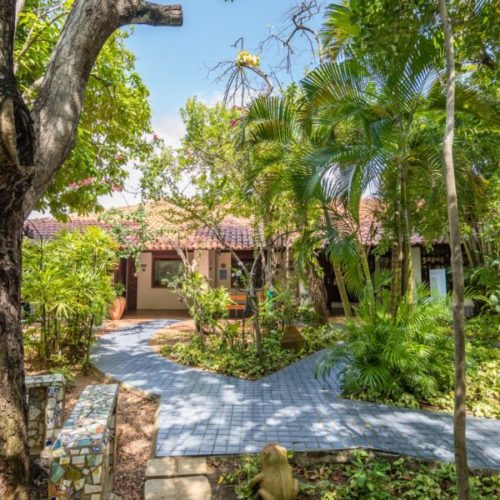
A good example of book and real life combination is to read “A Casa do Rio Vermelho”, by Zélia Gattai, and then, as soon as possible, visit the house where Jorge Amado and Zélia lived. The memorial is a charm: welcoming architecture and a sensory garden, in a house that remains a cultural epicenter.
https://www.salvadordabahia.com/en/experiences/if-you-are-of-peace-you-may-enter/
In the book, Zélia narrates the saga of her life – which mixes not only with that of her husband Jorge Amado, but also with the adventures of a whole generation of artists. These are stories that happen not only at the house (in the neighborhood of Rio Vermelho, in Salvador), but in their travels, meetings with friends, relationships with the powerful and the people of Bahia.
Historic Churches of Salvador
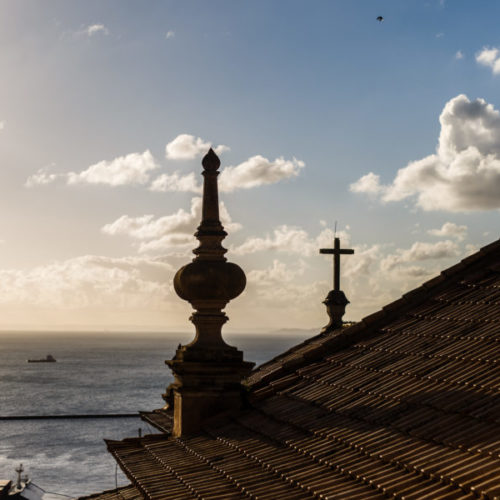
Here in Salvador there are so many churches that it is said that we have one for each day of the year. There are now more than 370 churches, placing Salvador on the tourist route for devotees of the Catholic faith. Look how cool this itinerary is:
A great suggestion to get to know the churches from home is the book “Te encontro em todos os lugares: Igrejas de Salvador da Bahia” (I meet you everywhere: Churches of Salvador da Bahia), by José Spinola. In addition to presenting brief histories of the 16th century churches of the archdiocese of Salvador, there are panoramic pictures of the religious monuments naves.
Another excellent option is the edition “Igrejas Históricas de Salvador” (Historic Churches of Salvador), of the Institute of National Historical and Artistic Heritage (Iphan). Currently, it is only available for reading at Iphan’s headquarters in Pelourinho, so hold on a little because soon you can go there and visit.
Bahia Popular Festivals
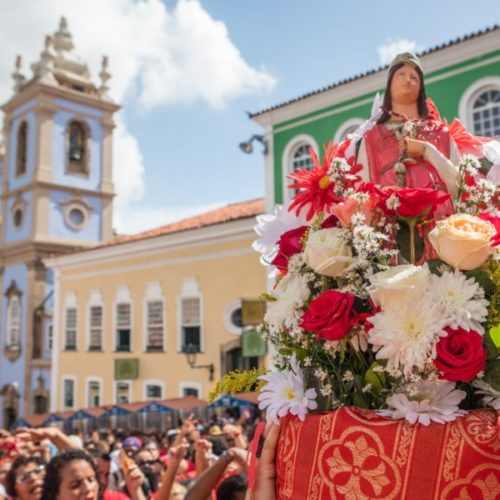
The Popular Festivals, the classic Largo Festivals, are part of Bahia DNA. The syncretic mixture between the Catholic religion and Candomblé, and the balance between the sacred and the profane, are symbols of Bahianity. In Salvador, the celebrations begin in December, on the 4th, with the Feast of Santa Bárbara and then come one after the other, being Bonfim’s the most famous one.
These parties in Bahia, like the one that takes place in honor of Iemanjá, in February, are themes of the book “Festas Populares da Bahia. Fé e Folia” (Bahia Popular Festivals. Faith and Revelry), by journalist Nelson Cadena.
The book makes a historical record of the main popular festivals, existing and extinct, revealing their origins, influences and transformations. It highlights 24 festivals of today, including those of Senhor do Bonfim, Iemanjá, 2 of July, Boa Morte de Cachoeira, Nossa Senhora das Candeias, Nossa Senhora da Purificação de Santo Amaro, Conceição da Praia, Lavagem of Itapuã, Festa de Reis and Santa Bárbara.
https://www.salvadordabahia.com/festa-de-nossa-s Senhora-da-boa-morte/
https://www.salvadordabahia.com/experiencias/celebracao-de-nossa-s Senhora-da-conceicao-da-praia/
Multicultural Carnival
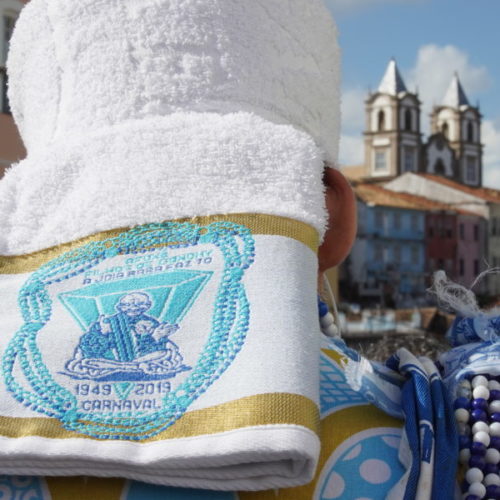
Salvador’s Carnival is a mosaic of Afro-Brazilian cultures and rhythms. Here we indicate two books for a broad understanding of the subject, from the carnival of the 19th century, through the first African blocks, the technological revolution of trios elétricos and the emergence of axé music.
The first one, “Carnaval Ijexá”, by sociologist Antônio Risério, speaks about the influence of black batuque in carnival, and that the Bahian revelry has always had some reflection of enslaved people’s culture as “the way of showing off, parading and singing, which recalled the features of the Nigerian festivities of Damurixá and Gueledé”.
Between conversations with Vovô do Ilê, Caetano Veloso, Moa do Katendê (who passed away in October 2018), Gilberto Gil and many other names, Antônio Risério tells stories about the African Embassy, the first afoxé in Salvador to parade in 1895 –seven years after the abolition of slavery, until the appearance of the Olodum block, in addition to many other little-known curiosities.
The other book is “História do Carnaval da Bahia – 130 Anos do Carnaval de Salvador” (History of Carnival in Bahia – 130 Years of Carnival in Salvador), by Nelson Varón Cadena. The journalist and researcher tells about the festivities, masquerade balls, floats, carnival clubs, trios and the appearance of blocks and axé music, in addition to the role of the media in the construction of what carnival represents today.
After reading, and when the quarantine is over, as soon as you have the opportunity, be sure to visit Casa do Carnaval, in Pelourinho. The first museum of revelry makes a visual and sensory journey in the thematic clippings of the party.
Afro-descendant cultural heritage
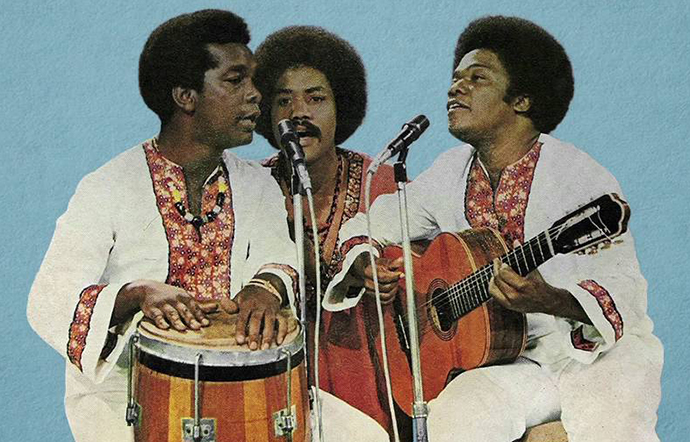
The trajectory of the group that emerged in the city of Cachoeira, in the Bahian recôncavo, was recalled in a project with multiple languages, revering a vocal trio that would mark the history of Afro-Brazilian music. Exactly 17 years after its end, “Os Tincoãs” had their work revisited in December 2017, under the narrative of Mateus Aleluia, one of its members and main composer.
The memory book “Nós, Os Tincoãs” was written collectively, with texts by Marcus Preto, Iuri Passos and Paulo Bahiano, to rescue and preserve the Tincoãs’ history. They are photos, music reviews, newspaper articles, the biography of its members, as well as testimonials from personalities such as broadcaster Adelzon Alves, the group’s music producer, and artists who are admirers of the group, such as Martinho da Vila, Ana Lomelino, Criolo, Emicida and the Bixiga 70 group.
Mateus Aleluia, one of the remnants of the group, Seu Mateus for the close friends, usually makes a great show in the city, bringing this mixture of Afro and Baroque, based on the culture of several Indian nations that existed here.
Until this is possible, take the time to listen.
Barroquinha Candomblé
The story of the first great Brazilian candomblé is the theme of the book “O Candomblé da Barroquinha”, by anthropologist, visual artist and graphic designer Renato da Silveira. The work tells the process of constituting the first Ketu Bahian terreiro.
The book brings together diverse research, developed over 30 years by the author, who devoted much of his academic life to the study of African religions and Afro-descendant cultural heritage.
African Diaspora
Salvador is the blackest city outside Africa, currently called the “black mecca”. An interesting work to introduce the subject and understand in depth the magnitude of this title is “Fluxo e refluxo: A Diáspora Africana” (Flow and reflux: The African Diaspora), by Pierre Fatumbi Verger (Corrupio Book Publisher), which subject is the Slave Trade between the Gulf of Benin and All Saints Bay from the 17th to 19th centuries.
In his constant comings and goings between West Africa and Bahia, Verger was delighted with the similarities between the peoples on both sides of the Atlantic. He has always been able to prove the intertwining of this story.
The theme made him so passionate that Verger played an important role in the renewal of these ties. Here and there, he organized museums, guided people, transported messages, did research. And, in order to understand the reasons for these similarities, he studied in depth the slave trade and the return of many of them to Africa, after abolition. Thus, he generated this book, which is one of his main works. Learn more at this link.
Some places represent these connections very well. In your future plans, include in your visit list:
Another excellent art book is “Retratos da Bahia” (Bahia Portraits), also by Pierre Verger (Corrupio Book Publisher), which became one of his classics. In it, the author unveils the charm and beauty of Salvador city between the 1940s and 1950s, portraying its architecture, market, candomblé, port, popular festivities and artists.
Bahian food
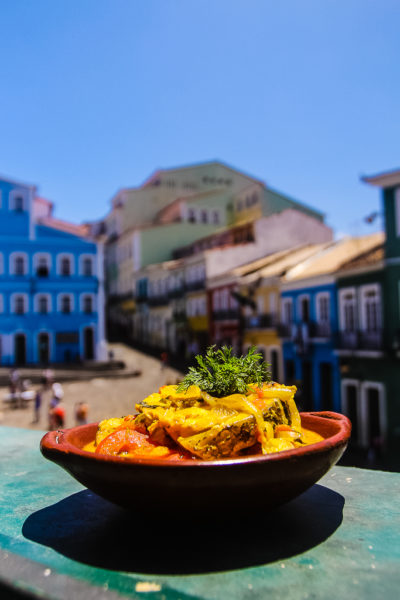
Bahian gastronomy is full of unmistakable traits, African and indigenous heritage. Those who are not from Bahia, or have never visited, certainly know the names of several typical dishes here. This is because they have already appeared in films and soap operas, remaining in the imagination of people around the world.
In the book “A Comida Baiana de Jorge Amado” (Jorge Amado’s Bahian Food), by Paloma Jorge Amado (Panelinha Book Publisher), she extracted from her father’s work, Jorge Amado, everything that the characters had said or thought about food. The search result became a cookbook. When, in her father’s literary work, Dona Flor liked to prepare shrimp moqueca, author Paloma went after the best shrimp moqueca recipe that could be found.
There are reports of Maria Eulina – who prepared the dinners at Casa do Rio Vermelho (where her parents lived), of her godparents, Nancy and Carybé, and even of Dona Canô (Caetano Veloso’s mother). A very interesting book, even for those who don’t know how to cook.
For now, we stay at home – imagining these flavors, or trying to cook these delights. But, when you can walk around the city again, be sure to go to Museu da Gastronomia (the Gastronomy Museum) and learn a lot about the local cuisine.
Jewelry in Bahia
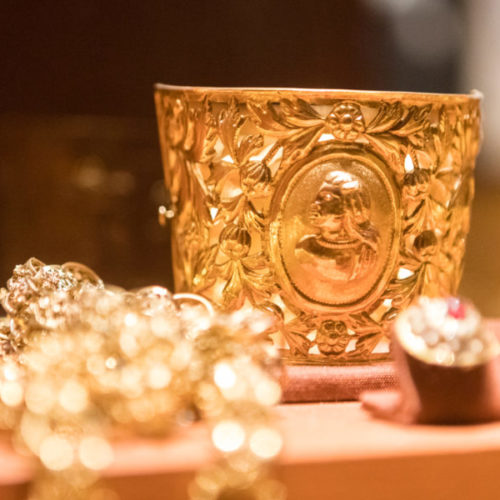
In the book “Joias na Bahia dos séculos XVIII e XIX” (Jewels in Bahia from the 18th and 19th centuries), by Itamar Musse Junior, you will get amazed by the beauty of the black women jewelry.
Written by the researcher and professor of jewelry history Ana Passos and photos by José Terra, the work portrays the jewelry appreciated in the salons, churches and streets of Salvador in the 18th and 19th centuries.
Between 1740 and 1820, Brazil was the world’s largest producer of gold, diamonds and colored gemstones, which gave rise to a jewellery of the most exuberant ever created. The encounter of many cultures, especially in Bahia, made a jewellery used by enslaved and freed black women, which reflected the wealth produced in the region.
Write down these two locations in your list of future plans. There, you can see these jewels up close here in Salvador.

